AT&T 5G: all the phones, deals, coverage and pricing you need
All the info you need on the AT&T 5G US rollout of 5G and 5G+
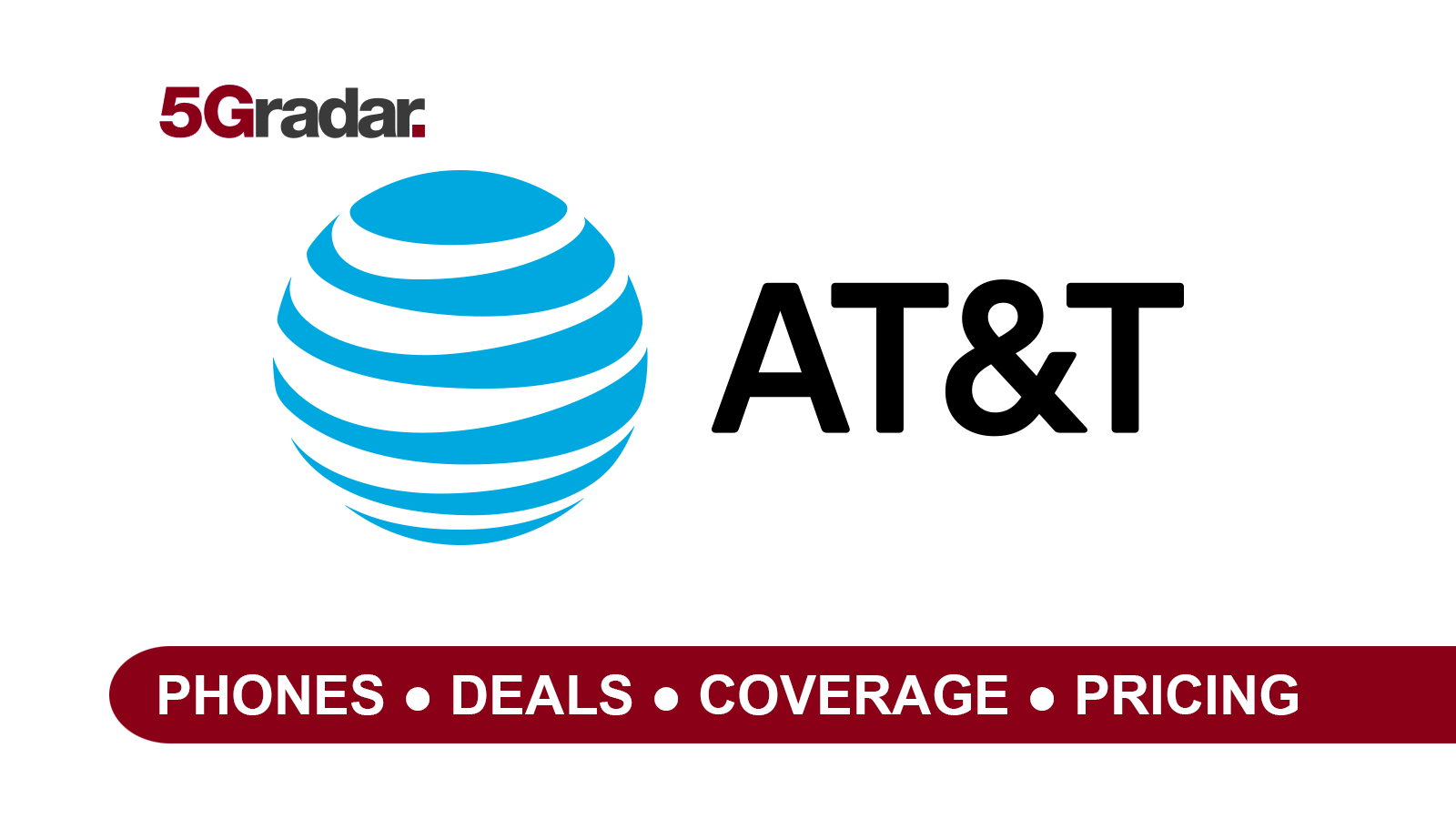
For mobile users in the UK:
Get all the latest EE 5G deals
See the latest phones on O2 5G
Check out Three 5G broadband
Get the latest Vodafone 5G info
For mobile users in the US:
Check out T-Mobile 5G
Discover hot Verizon 5G deals
AT&T's senior vice president Chris Penrose describes the company's 5G network as a chocolate chip cookie. The main cookie dough represents low-band 5G while the chocolate chips represent the 5G+ millimeter-wave cities "sprinkled in across the country."
Much of AT&T's coverage is known as 5G Nationwide. Initially, the network said 5G Nationwide wouldn't offer 5G speeds much beyond 4G - that's because this broadest 5G network is based on low-band signals.
The faster high-band mmWave (millimeter wave) technology is also rolling out as well, so speeds will be a lot higher - we've gone into a bit more detail about the kinds of speeds to expect below. This faster network is called 5G+ by AT&T.
So while the network is getting better all the time, it seems AT&T would rather market Nationwide 5G rather than 5G+ for now.
But as we mentioned mid-band networks do form a large chunk of the cookie. Like Verizon, AT&T is counting on C-Band spectrum to catch up with T-Mobile and it plans to build out capacity for the first 40Mhz of that spectrum this year with more to follow over the next three years. It's working with Nokia as part of a five year deal between the two companies to boost indoor and outdoor 5G coverage.
“AT&T is committed to bringing the power of 5G to businesses and communities across the nation, and our C-Band deployments with Nokia will help add 5G capacity where it’s needed,” said Igal Elbaz, Senior Vice President of Wireless and Access Technology AT&T.
Mid 2021 is also a time of change at AT&T from a corporate sense as it works with Discovery to combine WarnerMedia's entertainment, sports and news properties with those of Discovery, placing HBO and Discovery+ under one roof with Eurosport, Warner Bros, Cartoon Network and CNN all in the mix. AT&T’s shareholders will receive stock representing 71% of the new company.
Crucially, AT&T will receive new funds from the transaction to invest in its new 5G network. In a shareholder note, AT&T Chief Executive Officer John Stankey said: "Following close of the WarnerMedia Discovery transaction, AT&T will have the financial flexibility to boost investment to historically high levels that are also significantly above its competitors’ planned investments."
"AT&T’s expected capital expenditures of around $24 billion per year from 2022 to 2024 builds on its existing position as one of the largest investors in digital infrastructure and connectivity in the United States.
"This investment will allow AT&T to meet substantial, long-term demand for connectivity... and expectations for its 5G C-band network to cover 200 million people in the U.S. by year-end 2023."
Speed and performance
A RootMetrics network performance study from April 2021 suggests AT&T has superior 5G download speeds and reliability to other US networks, while T-Mobile has the best 5G network availability. The study rated the three big players across 45 US cities and that breadth is reflected in the result here.
"AT&T led the competition, delivering a combination of the fastest worst-case, median, and best-case 5G download speeds together in 14 cities," said the report. "T-Mobile registered the fastest speeds across all three metrics in six markets, while Verizon did so in three cities."
AT&T has also been working with Facebook Reality Labs to use 5G for augmented reality (AR) apps to show how the faster load times, better reliability and more vivid graphics can bring AR more to life on mobile devices. The companies are exploring how custom content can be created for places such as arenas that can be shared by their visitors on video calls.
What is 5GE?
As we mentioned, AT&T originally prioritised 5GE for customers back in 2019. 5GE stands for 5G Evolution. It is available in over 500 US towns and cities.
The approach here still makes sense. Many consumers still aren't ready for full 5G networks yet, so why not give them a better service in the meantime before they're eventually convinced to go for a full 5G or 5G+ service?
The problem is that 5GE could be seen as misleading - it's certainly pure marketing, any way you look at it. Other networks aren't keen and Sprint even took out a full-page advertisement in the New York Times to say that "AT&T's fake 5G claims are deceiving consumers". Analyst OpenSignal has even suggested that AT&T LTE is often slower than other networks with LTE Advanced.
The issue is that 5GE is not really 5G at all - it's known as LTE Advanced from other vendors so, yes, it's still 4G.
AT&T 5G cities
AT&T's main 5G network - Nationwide 5G - is a low band network which is now available in more than 14,000 towns and cities across the US. AT&T is simply referring to this network as "5G" rather than 5GE or 5G+ (see below).
AT&T's faster millimeter wave 5G+ network is available today in limited parts of at least 35 cities. As with other networks using millimeter wave, speeds on this network will reach in excess of 1Gbps.
These locations include Atlanta, Austin, Charlotte, Dallas, Houston, Indianapolis, Jacksonville, Las Vegas, Los Angeles, Louisville, Nashville, New Orleans, New York City, Oklahoma City, Orlando, Raleigh, San Antonio, San Diego, San Francisco, San Jose and Waco.
AT&T Stadium - home of the Dallas Cowboys - has also been 5G-enabled.
AT&T 5G phones
AT&T's 5G phone rollout was initially very slow. The Samsung Galaxy S10 5G was available in early 2019 for business users and took a long time to become available for consumers. Since early 2020 (with the Galaxy S20 series) things took off and the network's 5G phone has since grown significantly.

Samsung Galaxy S21 5G
With the octacore Qualcomm Snapdragon 888 platform at its core, the 6.2-inch Galaxy S21 is a superb flagship phone with excellent triple cameras - much improved over recent Samsung offerings - plus great battery life and a wonderful AMOLED display. It's dust and water resistant and available with 128 or 256GB of storage.
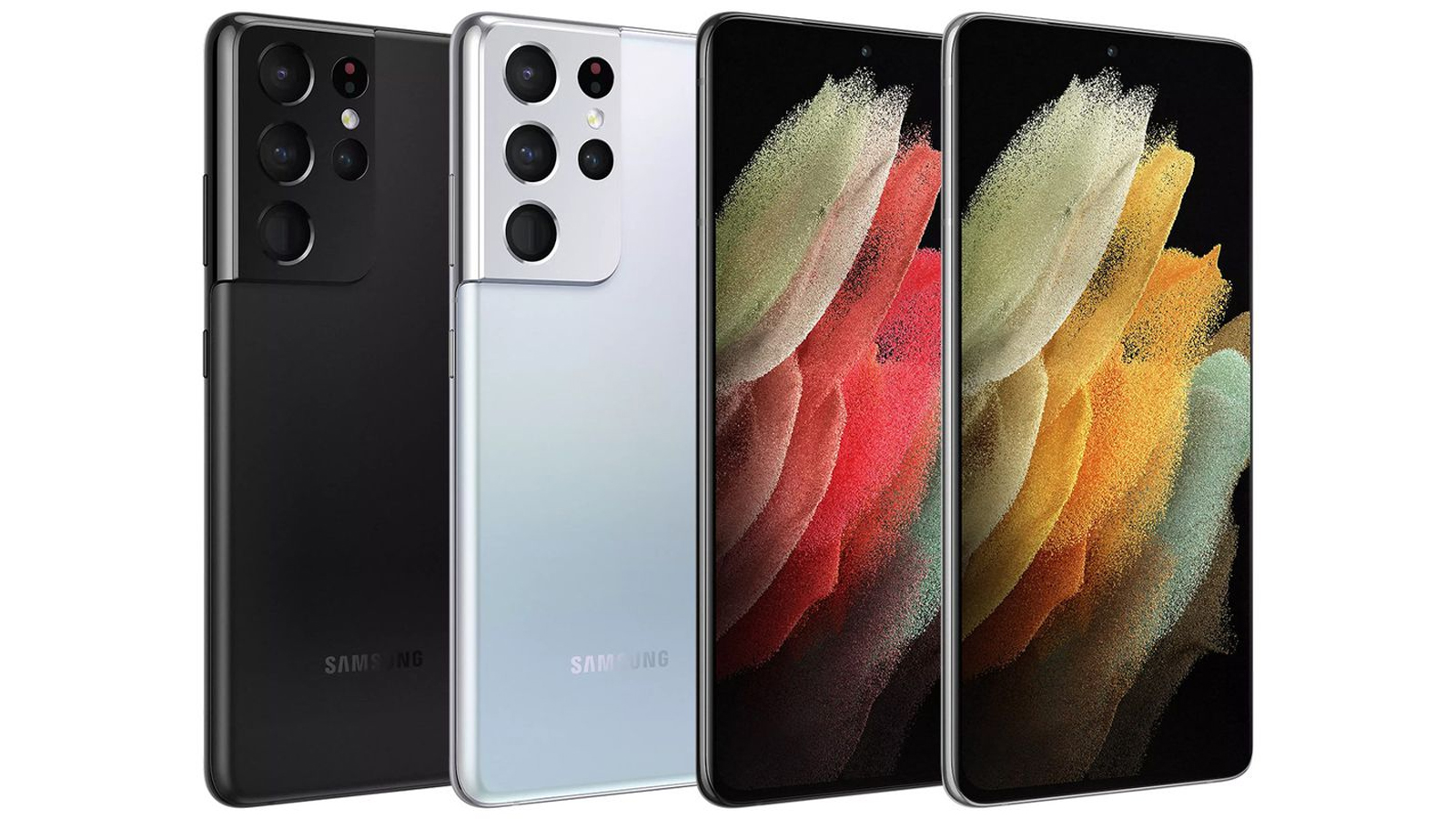
Samsung Galaxy S21 Ultra
With a five-camera setup that includes a 10x optical zoom, there's enough here to justify the price premium over the standard Galaxy S21. It's around half an inch bigger than the other model at 6.8-inches. And, like the other phone it runs on the very powerful Qualcomm Snapdragon 888 platform. It is expensive, however.
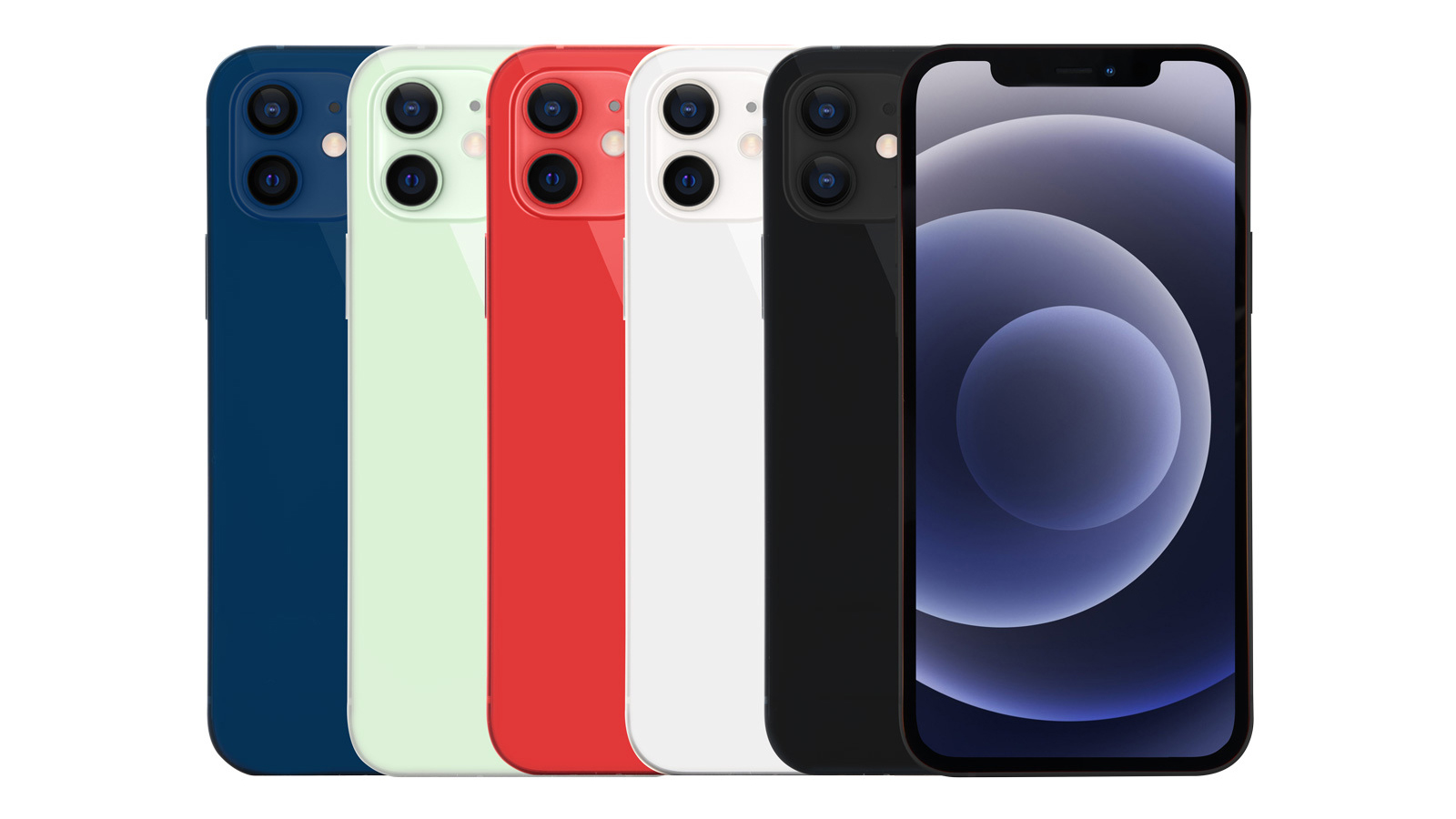
Apple iPhone 12 and iPhone 12 mini
The iPhone 12 series is Apple's first range of 5G phones - these use Qualcomm modems inside. The pick of the entire range is the standard new 6.1-inch iPhone 12. This device makes the step up to the more expensive iPhone 12 Pro unnecessary. There's now a new 5.4-inch iPhone 12 mini too. Both iPhone 12 and iPhone 12 mini are available in Black, White, Red, Green and Blue.
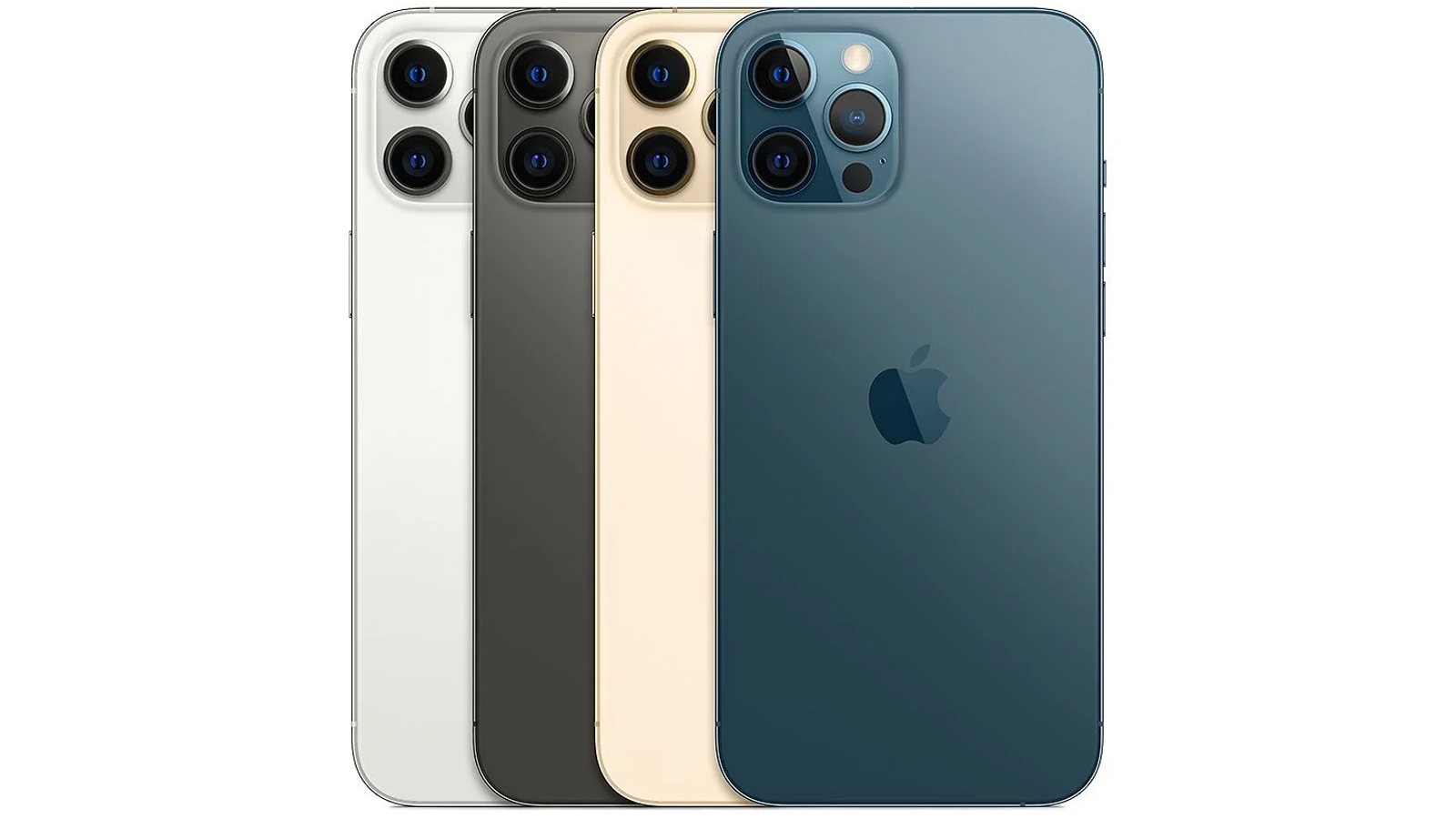
Apple iPhone 12 Pro and iPhone 12 Pro Max
iPhone 12 Pro is the same 6.1-inch size as the really rather good standard iPhone 12, but the Pro Max supersizes this to 6.7-inches - the largest-ever screen on an iPhone. The Pro Max includes a few extra camera smarts over the other models and low light performance is quite remarkable. However, you've got to really want an extra camera lens to step up to the Pro from the iPhone 12 as it doesn't really offer anything else.
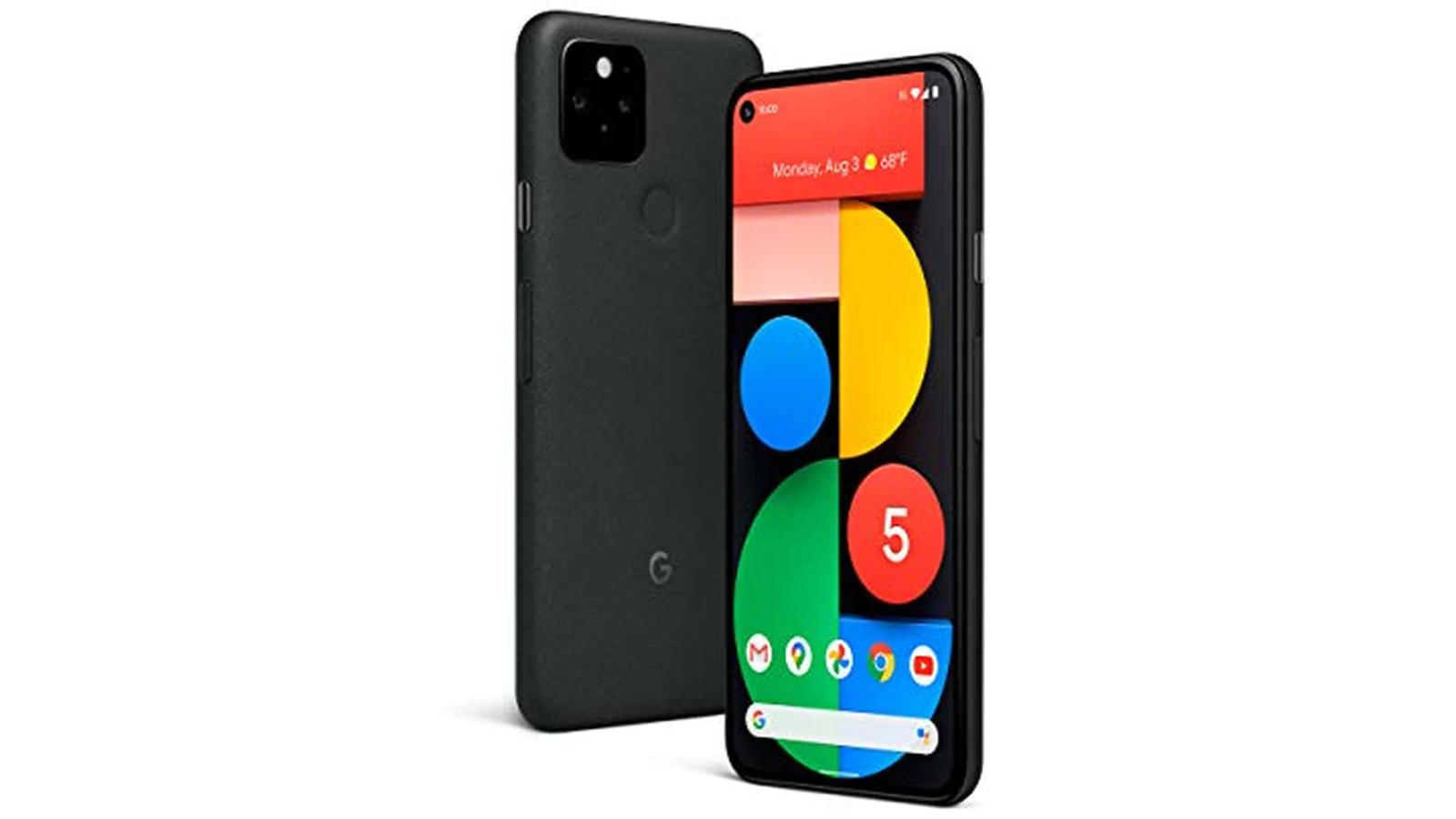
Google Pixel 5
Google's Pixel 5 features a 6-inch OLED display plus the very latest Android operating system plus Qualcomm's bleeding-edge Snapdragon 765G hardware. There's also a that's punchy and bright. You also get 128GB of storage, 8GB of memory and a dual camera featuring 12.2 wide and 16 megapixel ultrawide lenses. As it's a Google phone you'll get all the latest Android updates, too.
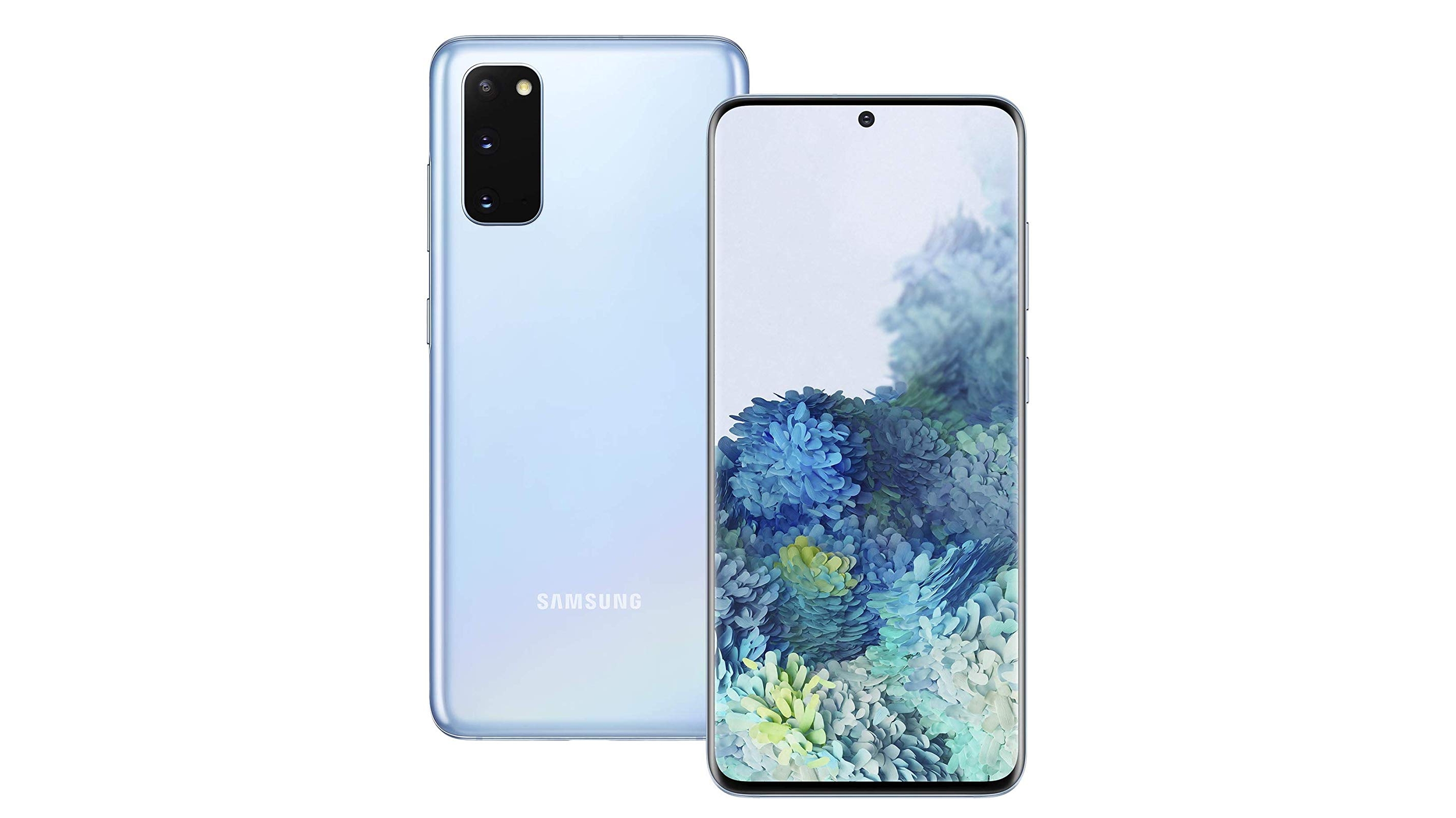
Samsung Galaxy S20 5G
We didn't actually think the Samsung Galaxy S20 was coming to the US, but were proven wrong by AT&T choosing to offer it. It's available in cloud pink, cloud blue and cosmic grey in a 128GB version only.
With a 6.2-inch OLED display it's not a small phone, although is more pocketable than the others in the range. There'a s triple camera with 30x zoom (the main lens is a whopping 64 megapixels) and it can record 8K video should you really wish to.
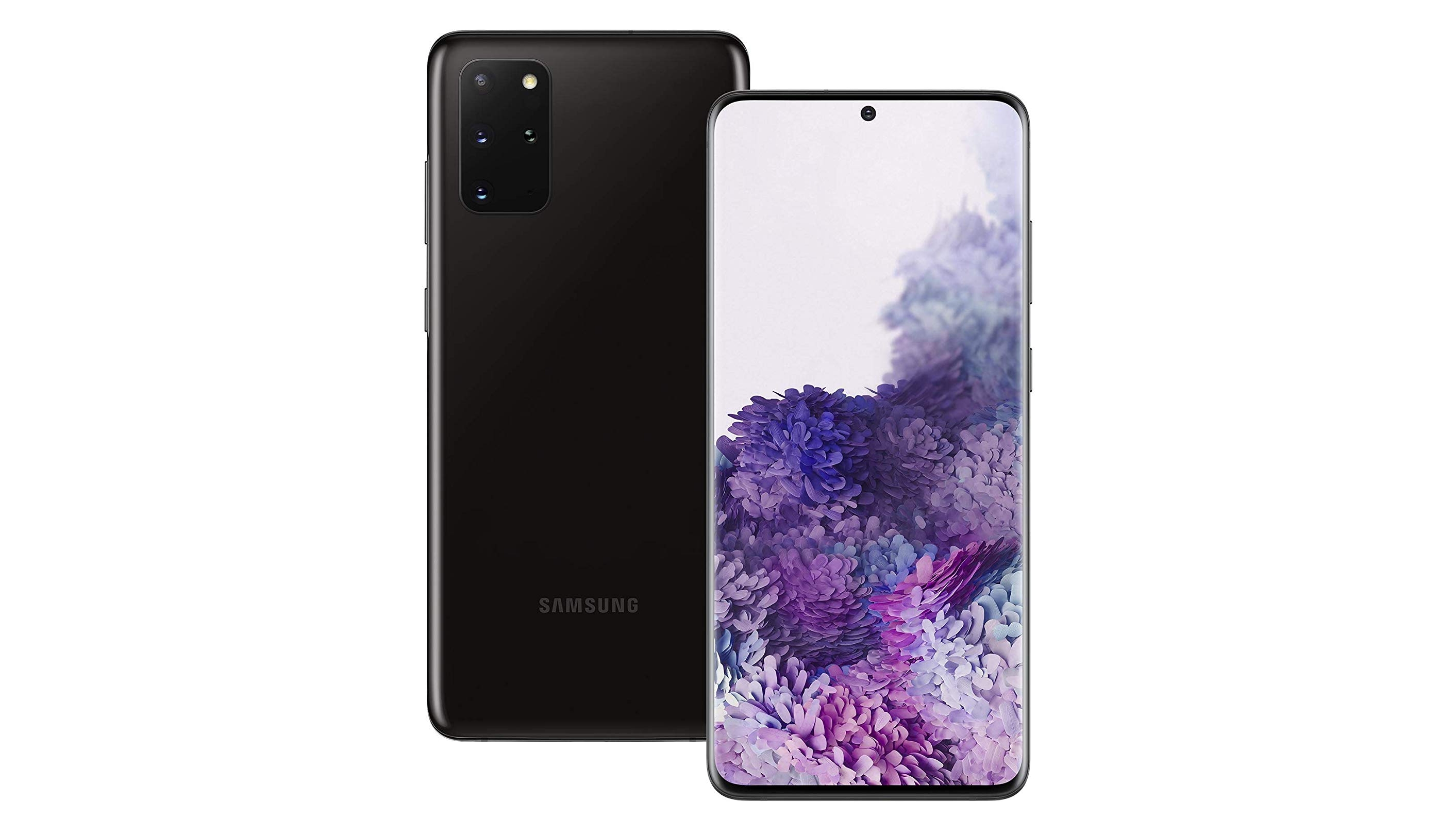
Samsung Galaxy S20+
The S20+ carries over many of the features from the standard S20 but you get a quad-camera instead, again with 64 megapixel telephoto lens and 12MP ultra-wide cameras. The screen is half an inch bigger though at 6.7-inches.
Once again the phone is based around the Qualcomm Snapdragon 865 platform with a Qualcomm X55 5G modem.
It's available in two storage sizes - 128 and 512GB - and in three colours, cloud blue cosmic black and cosmic grey.
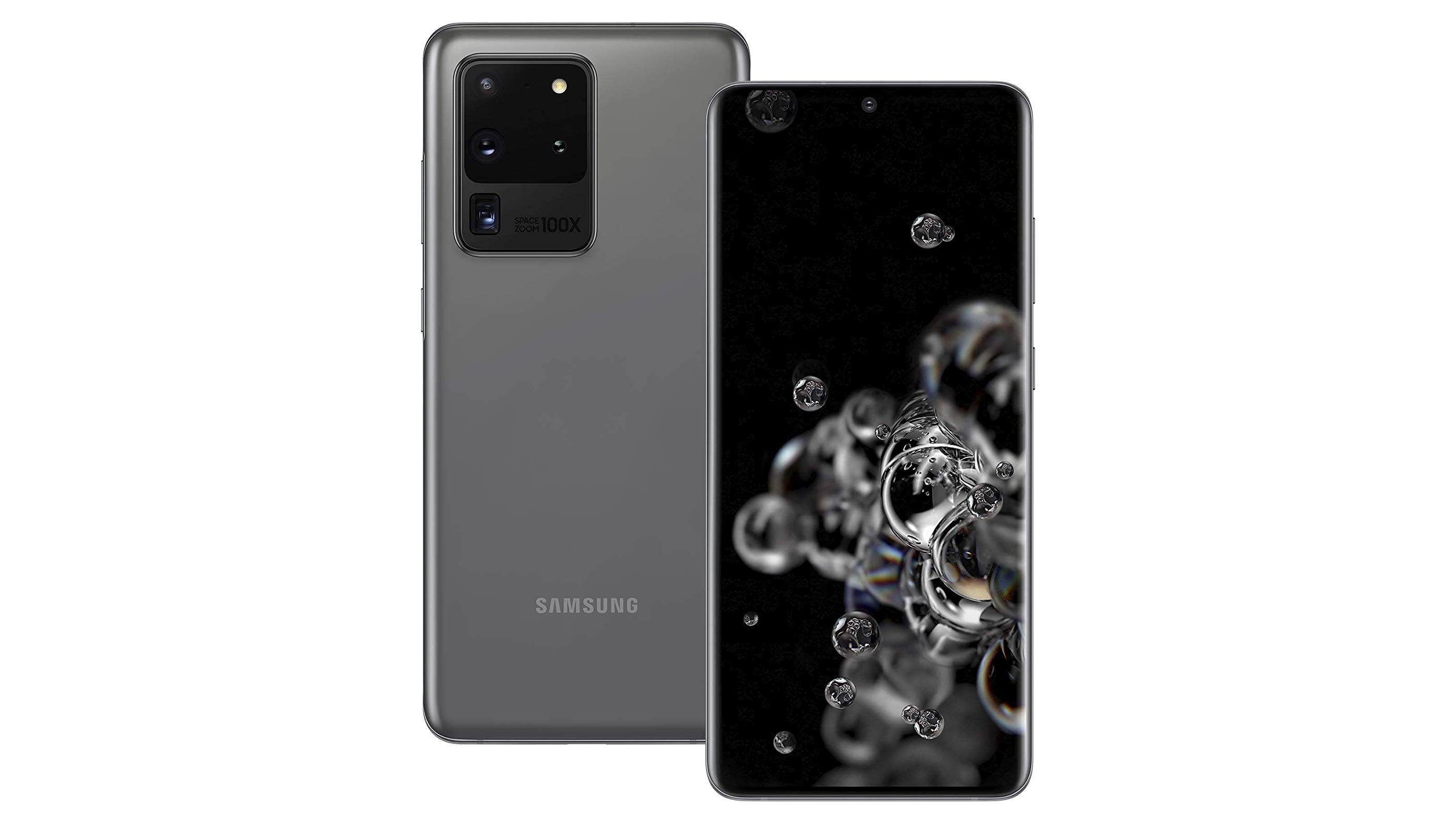
Samsung Galaxy S20 Ultra
The Galaxy S20 Ultra is a flagship phone in every sense. It's significantly more expensive than, say, the standard S20 and, while it has a lot in common with the S20+, it improves on the middle phone of the range quite significantly as well.
It's 0.2-inches bigger than the S20+, clocking in just shy of 7-inches at 6.9 and the 3,200 x 1,440 AMOLED display;ay absolutely sings. Like the others in the range it has super-fast charging and is based around the Qualcomm Snapdragon 865 platform with X55 modem.
But the real change is in the camera department. You get a quad-camera just like the S20+ but instead things are pushed to the limit. Instead of a 30x zoom, the S20 Ultra is capable of 100x, while there's a huge 108 megapixel sensor to go alongside a 48 megapixel telephoto. While the 100x zoom isn't hugely practical, you'll love zooming into far-off objects.
Again it's available in two storage sizes - 128 and 512GB - but only two rather dark colours, cosmic black and cosmic grey.
AT&T 5G coverage
AT&T is working with Nokia to roll out C-Band spectrum (mid-range spectrum) over the coming years and has signed a five-year deal. Nokia’s US C-Band portfolio includes support for both standalone 5G networks and non-standalone networks.,
“Nokia is ready to support the launch of 5G services into this valuable new spectrum on our customers’ timelines by leveraging our powerful portfolio of C-Band solutions and by being the first to demonstrate a live C-Band network in the U.S. in 2020. Our flexible and comprehensive portfolio will enable AT&T to enhance its 5G services in areas across the nation,” said Ed Cholerton, President of Nokia North America.
Like other networks, AT&T reported a massive upsurge in traffic around the coronavirus outbreak, largely driven by home working. AT&T also announced it would relax data caps during the outbreak.
AT&T CEO Randall Stephenson told CNN’s Brian Stelter on the Reliable Sources programme that: "We’re seeing some signs of stress. We’re having to go out and do some of augmentation of network but right now the network is performing quite well.” Although he didn't go into details, 'augmentation' probably means opening up additional capacity.
Stephenson added that the network would “come out of this crisis" before saying it would also "continue to invest in 5G and new technology."
Interestingly, the AT&T CEO added that the pandemic will cause all organisations to reevaluate how they run things. "I think it’s going to cause every business to evaluate how [they] do business", clearly intending to include AT&T within that.
The Federal Communications Commission (FCC) has introduced a Keep Americans Connected pledge for networks and other organisations with the intention that they won't overcharge consumers and make hay from the coronavirus outbreak.
AT&T, T-Mobile, Verizon and other big players like Comcast have already committed to the pledge which is aimed at ensuring that they don't terminate service for people who may not be able to pay and forgo late fees. The intention is also to open up public Wi-Fi hotspots.
In its statement on the development, AT&T says it "will not terminate the service of any wireless, home phone or broadband residential or small business customer because of their inability to pay their bill due to disruptions caused by the coronavirus pandemic."
AT&T has also put forward $10 million to create a Distance Learning and Family Connections Fund with the intention to better connect students and teachers for distance learning during the next few months. Around $1 million will be going to online learning platform Khan Academy, which is a renowned source of educational materials. Sal Khan, founder and CEO of Khan Academy said of the donation: "We’re grateful that they’re helping us respond quickly to school closures so everyone can keep learning at home.”
AT&T 5G deals
5G Nationwide is available on the AT&T Unlimited Extra and AT&T Unlimited Elite plans.
AT&T Unlimited Elite will give you included HBO streaming for $85 a month per line or $50 a month per line if you have four lines on the same plan.
The network says that customers who subscribe to HBO, including those who receive it as part of our current and future postpaid wireless plans, will be able to get HBO Max - the network's new streaming service - at no extra charge. What's more, all the included streaming is now available in 4K Ultra HD resolution where available.
And the network has also now announced that Unlimited Elite customers have access to Unlimited high speed data over 5G at no extra cost - another sign the 5G price and plan war is hotting up in the States (that includes existing customers, too). AT&T is also increasing the mobile hotspot data available to 40GB, an increase of 10GB.
According to some small print it seems that there is a potential of throttled speeds if users go over 100GB per month, but in reality that is likely to only affect a few users.
AT&T Unlimited Extra customers have 5G service included, as well as 15GB of mobile hotspot data per line for $75 a month per line. This means that users could have data speeds throttled if they go over 50GB per month.
Finally, Unlimited Starter costs $65 a month but you will find your 5G speeds restricted any time you're in a congested area.
AT&T also offers its own Mobile Security app to enable ActiveArmor advanced security features like identity monitoring and safe browsing.
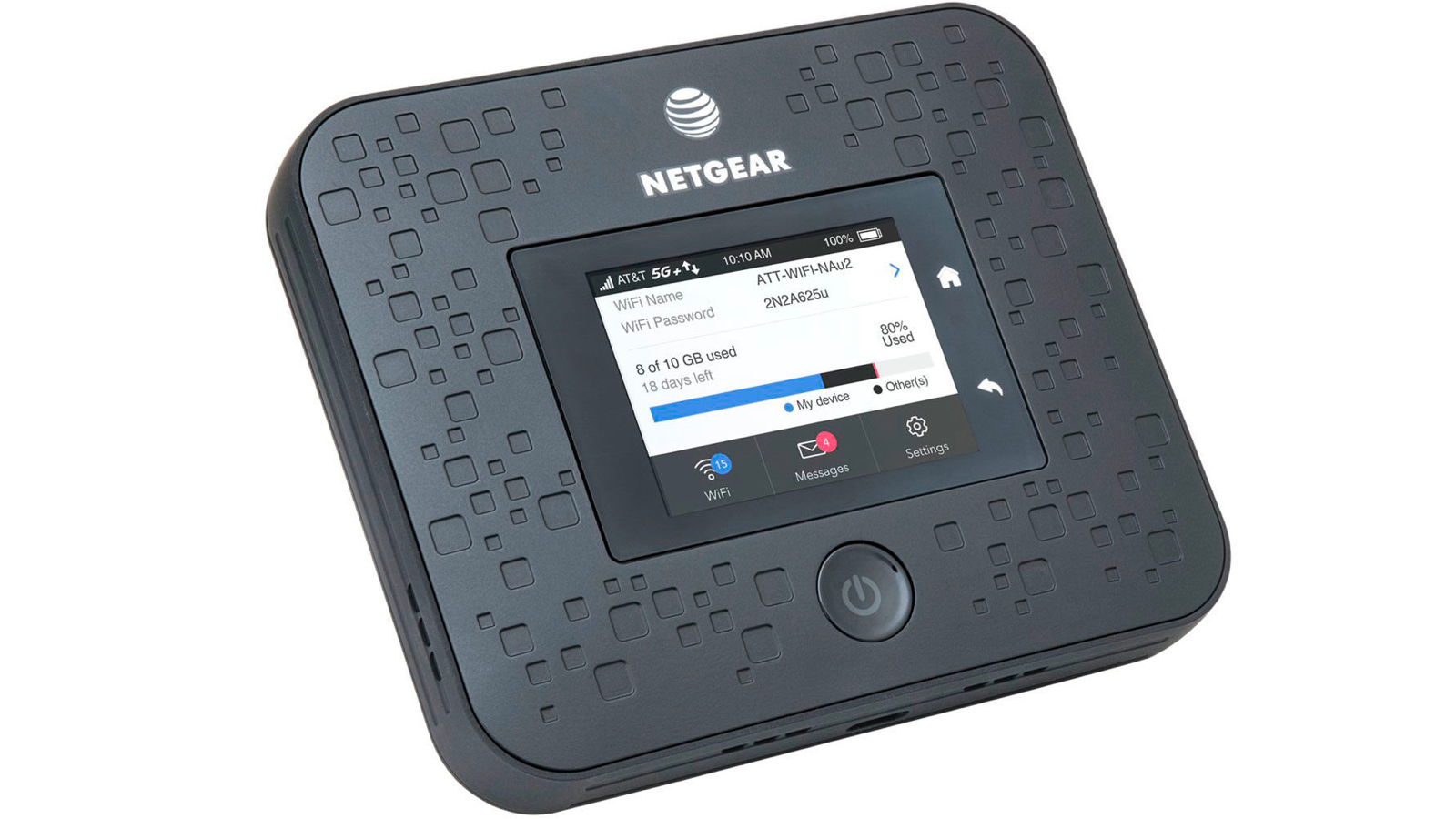
AT&T 5G business and home internet
Unlike Verizon's 5G Home Internet and similar offerings, AT&T doesn't have a 5G home or business broadband offering as yet. However, the company has talked about having it in future.
The network is offering the Netgear Nighthawk 5G Mobile hotspot, which is compatible with mmWave (5G+) and uses Qualcomm's X50 5G modem.
AT&T 5G for business
AT&T says that 5G will "ultimately unlock use cases that are dependent on faster speed, wide coverage, and low latency". In other words, you'll be able to take the ultrafast connectivity you have in your home or business with you onto the street.
And, as we know this will create better experiences for customers and businesses as the 5G network spreads to more devices and industries - with the key benefit that you're better able to better serve the customer.
AT&T carried out a trial with Magnolia Silos in Waco, that provided an insight into how 5G can change retail, using 5G speeds of approximately 1.2 Gbps in a 400 MHz channel and latency of just 9-12 milliseconds.
“Businesses are leading the charge on the nation’s first mobile 5G network, and this is the next step in unlocking 5G’s full potential for those early adopters and innovators,” said Mo Katibeh, Chief Marketing Officer, AT&T Business.
“With mobile 5G a core tenet of our 5G strategy for businesses, we’re making this amazing new device available so that the business community can begin creating new experiences and drive the next industrial revolution through unprecedented mobile capabilities.”
AT&T is also trialling a dedicated fleet of 100+ land-based and airborne portable cell sites to provide law enforcement and fire services with connectivity when they need it most.
AT&T recently decided to abandon its Network Cloud technology and move its 5G systems to Microsoft Azure, starting with the 5G core but with other systems to follow.
“AT&T has one of the world’s most powerful global backbone networks serving hundreds of millions of subscribers. Our Network Cloud team has proved that running a network in the cloud drives speed, security, cost improvements and innovation. Microsoft’s decision to acquire these assets is a testament to AT&T’s leadership in network virtualisation, culture of innovation, and realisation of a telco-grade cloud stack,” said Andre Fuetsch, executive vice president and chief technology officer, AT&T.
“The next step is making this capability accessible to operators around the world and ensuring it has the resources behind it to continue to evolve and improve. And do it securely. Microsoft’s cloud expertise and global reach make them the perfect fit for this next phase.”
Get up to speed with 5G, and discover the latest deals, news, and insight!

